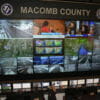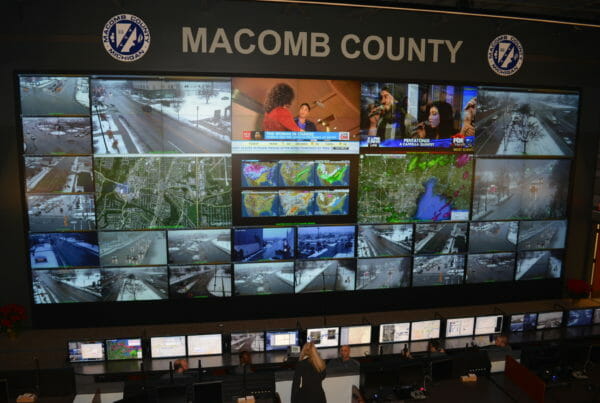Staying on track in the higher education space often means investing in cutting-edge audio-visual (AV) technology. Whether it’s upgrading classroom facilities for interactive learning experiences or enhancing campus-wide communication systems, AV plays a critical role in meeting the needs of students, faculty, staff and visitors. Budgets are a daunting task, but these tips make it possible to navigate successfully. Read on for tips on how to budget for audio visual needs in your space:
1. Evaluate Current Infrastructure:
Before getting into budget planning, perform a thorough assessment of your institution’s existing AV infrastructure. Note areas that require upgrades or improvements. Examples are: outdated equipment, inadequate classroom setups or insufficient campus-wide AV integrations.
2. Define Project Scope and Objectives:
Clearly define the scope and objectives of your AV upgrade project. What are your specific goals? Are they improving classroom engagement? How about enhancing remote learning capabilities or modernizing campus-wide communication systems? Align the objectives with the overall strategic priorities of the institution and it’s key decision makers.
3. Research Technology Options:
Stay informed about the latest AV technology trends! With the internet at your fingertips and our blog posts here, it’s easy to stay in the know with innovations relevant to higher education. Researching various options for AV equipment, software platforms, and integration solutions will aid in alignment with your project objectives and any budget constraints. Also keep in mind factors such as scalability, compatibility and ease of use.
4. Establish Budget Parameters:
Develop a detailed budget that accounts for ALL aspects of the AV upgrade project including equipment costs, installation expenses, training and support services and ongoing maintenance. It’s best practice to allocate funds based on priority areas and project timelines to ensure realistic budget parameters to balance cost-effectiveness with quality.
5. Explore Funding Sources:
Explore various funding sources to support your AV upgrade project. This may include internal institutional funds, external grants and donations, partnerships with industry sponsors, or financing options such as AV as a service or equipment rental programs. Doing so will maximize available resources while following internal budgetary guidelines and procurement processes.
6. Prioritize The Investments:
Prioritize AV investments based on the impact with teaching and learning outcomes, campus-wide accessibility and long-term sustainability. Focus on high priority areas that enhance the student experience, supporting faculty innovation and fostering collaboration across departments.
7. Engage Stakeholders:
Foster collaboration and communication among key stakeholders throughout the budgeting process for smooth completion and clarity. Involve faculty, IT staff, administrators, and student representatives in decision-making discussions to ensure alignment with academic needs and institutional goals. Solicit feedback and address any concerns to build consensus and support for the AV upgrade initiative.
8. Plan for Implementation and Evaluation:
Develop a comprehensive implementation plan that outlines timelines, milestones and responsibilities for executing the AV upgrade project. Allocate resources for staff training, user support, and ongoing evaluation for data points to measure the impact of the upgrades on teaching effectiveness, student engagement and even operational efficiency. Continuously monitor progress, gather feedback, and make adjustments as needed to optimize outcomes.
By following these strategic tips, higher education institutions can effectively budget for AV upgrades that enhance teaching and learning experiences, promote innovation and support the overall mission of the institution. Investing in modern AV technology not only elevates the educational environment but also ensures that institutions remain competitive and adaptable in an ever-evolving landscape of higher education. Have a project? Reach out today!











